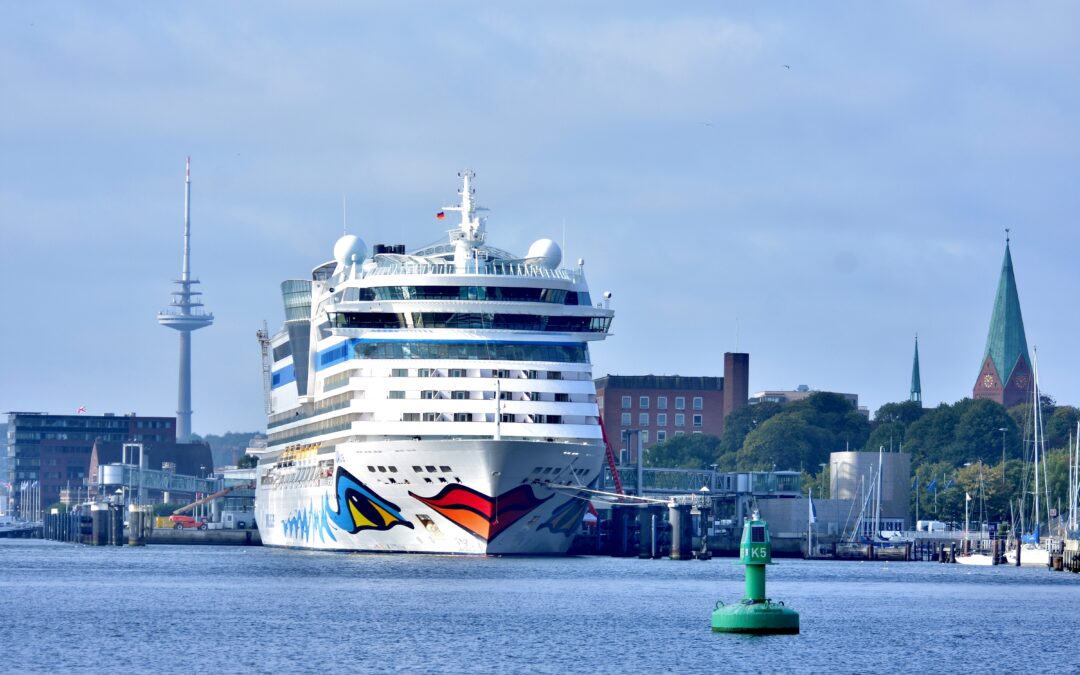Together with partners from research, science and industry, AIDA Cruises is developing innovative solutions and using technologies with the aim of putting the first zero-emission ship into service as early as 2030. By 2040, ten years ahead of the climate targets of the International Maritime Organization (IMO), the cruise company wants its fleet to be emission-neutral.
In doing so, AIDA Cruises seeks to make an active contribution to achieving the Paris climate targets and the European Green Deal. The company has already been taking steps as part of its Green Cruising Strategy. In 2011, for example, the company was the first to order cruise ships that could sail on LNG and had the option of using shore power. 2016 saw the commissioning of AIDAprima, which could use LNG while in port, had a shore power connection and an exhaust gas cleaning system. The company’s first cruise ship running on low-emission LNG was commissioned in 2018, the AIDAnova.
Also read: Coral Methane supplies LNG to AIDAnova
As of 2019, ten ships in the AIDA fleet are able to use shore power or are technically prepared to do so, with more ships to follow. At the same time, the company is working with partners on solutions for CO2-free production of LNG. 2021 saw the first use of fuel cells on board AIDAnova. In 2022, the cruise company plans to install the largest battery storage system in the cruise industry on one of its ships. an AIDA ship.
Retrofit fuel cells
The company is investing in environmental technology for newbuilds as well as finding technical solutions for existing vessels. The latter includes whether it will be possible to retrofit fuel cells on a ship in the near future that could supply a large part of the energy requirements, e.g. for hotel operations. Or how waste can be recycled as valuable materials for on-board energy generation.
In addition, the company is looking to reduce food waste per person on board by thirty per cent by the end of 2022 compared to 2019. The number of single-use plastic items has already been reduced by fifty per cent to date compared to 2018. By the end of 2022, AIDA already intends to have achieved a saving of 75 per cent compared to 2018.
Picture by AIDA.








